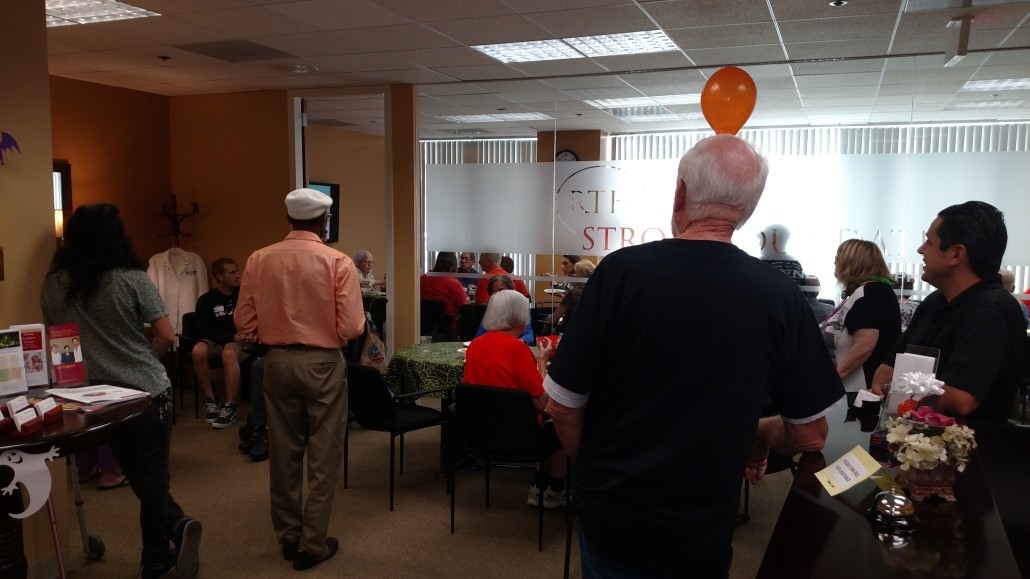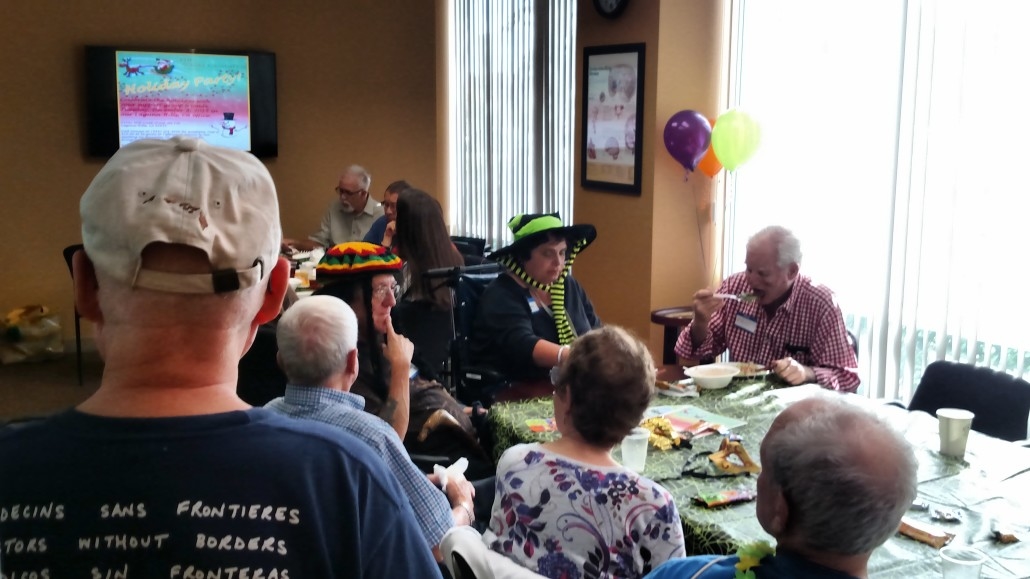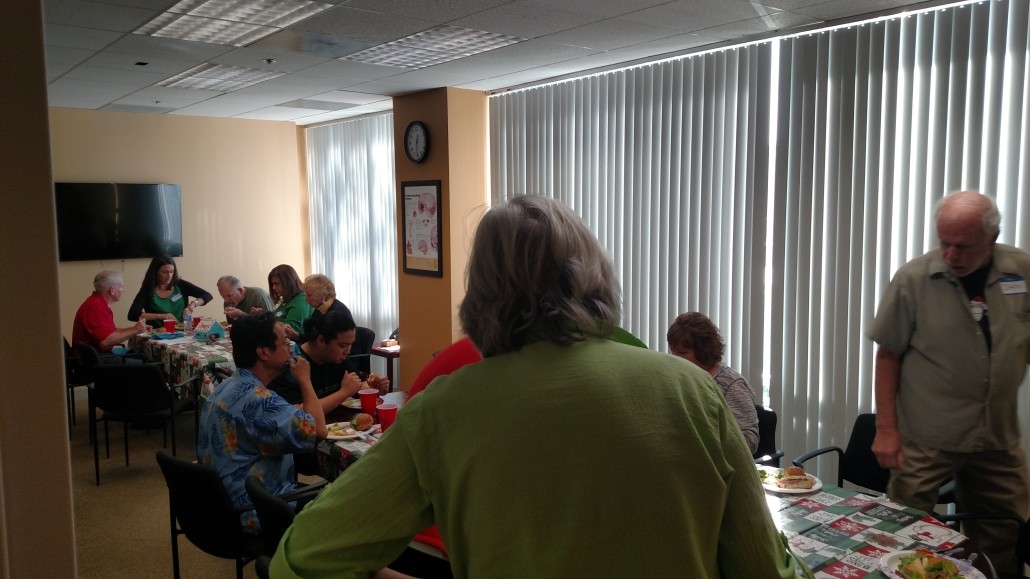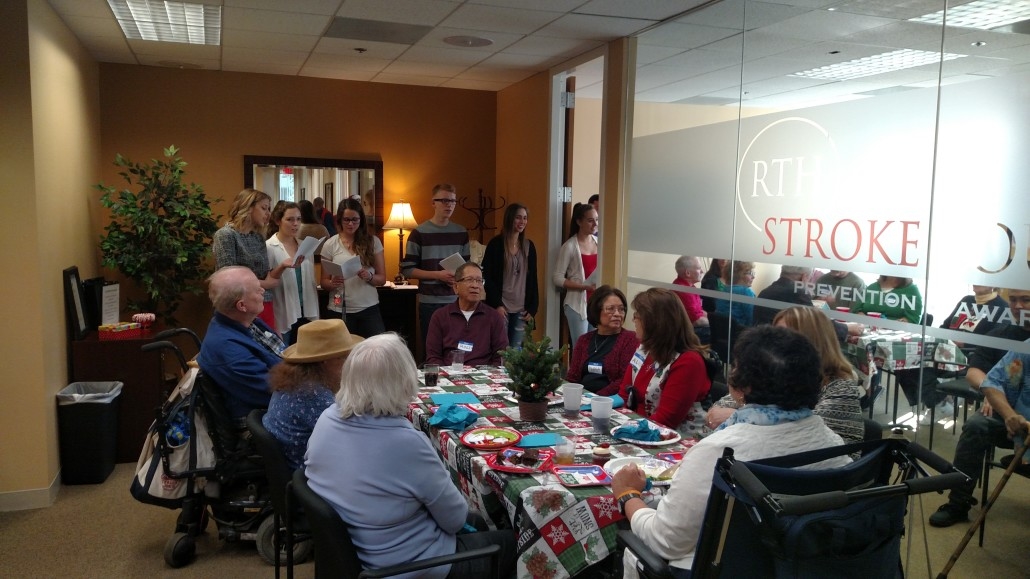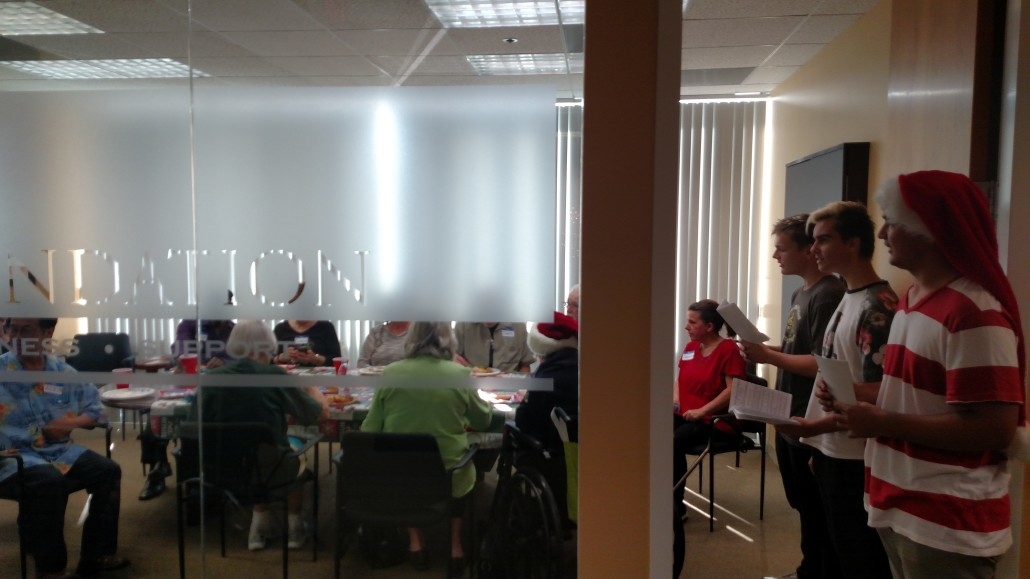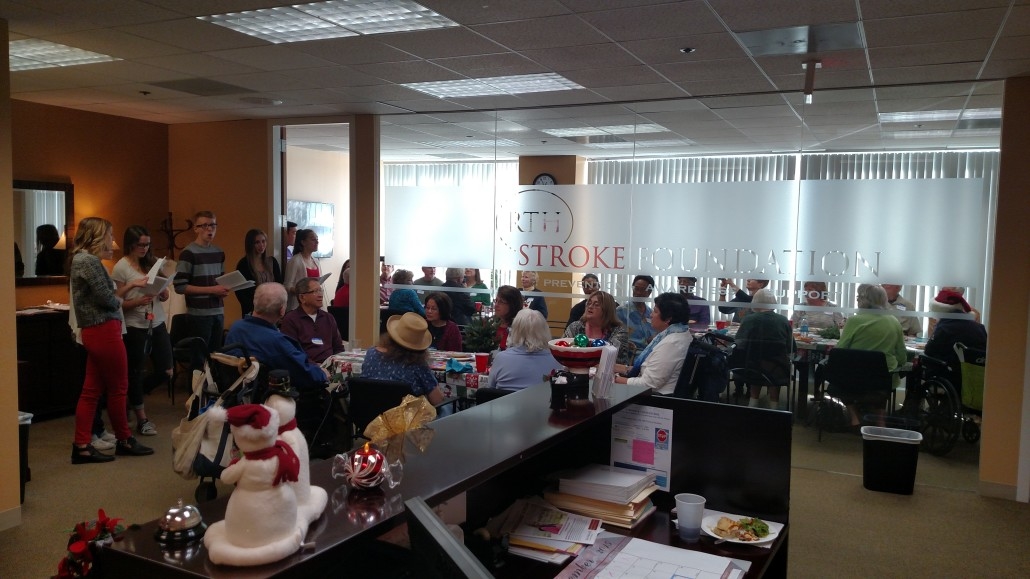Downey Patriot, July 18, 2013
For the third time in as many events, a person’s life was spared because of a life-saving screening at the Primary Stroke Prevention Seminar Wednesday at Rio Hondo Event Center.
This remarkably successful series of events has provided free carotid artery, aortic abdominal aneurysm and blood pressure screenings for more than 750 people. These free screenings have been valued at more than $330,000. The seminars are sponsored by the RTH Stroke Foundation, Rancho Los Amigos Foundation, The Downey Patriot and the Rio Hondo Event Center.
“The purpose of these seminars is to reduce the risk of primary stroke in the Downey community,” said RTH Stroke Foundation President Deborah Massaglia. “With so many attendees whose screenings have revealed issues with carotid artery blockage, serious abdominal aneurysms or life-threatening high blood pressure, we have exceeded our wildest expectation in helping prevent stroke in this community.”
Wednesday’s seminar was no exception. “A woman said she had experienced dizzy spells before attending the seminar,” Deborah said. “When we did the ultrasound screening on her carotid arteries, it showed that one of her arteries had a greater than 80 percent blockage, which could result in a fatal stroke. She will be getting immediate medical care to deal with this life-threatening issue,” Deborah said.
Although other results weren’t as dramatic, there were many attendees with Type 2 hypertension (blood pressure higher than 160/100), which meant they also needed to see a doctor immediately.
As in the two previous seminars, the event began with a presentation about stroke by a leading expert in the field. Nerses Sanossian, MD, an Assistant Professor of Neurology at the USC Keck School of Medicine and Director of the Roxanna Todd Hodges Comprehensive Stroke Clinic at USC, told the audience that the cost of stroke is extremely high in the United States, both in terms of loss of life and financial resources.
“More than 800,000 new stroke cases are reported each year in the United States,” Dr. Sanossian said. “Stroke is the fourth leading cause of death in our country, with about 130,000 people dying because of stroke each year.”
He told the audience that stroke is the leading cause of disability in America, and that of all stroke survivors, 90% have permanent deficits.
“The total cost of stroke-related medical cost and disability in the United States is approximately $57 billion each year,” Dr. Sanossian said. “The tragedy is that 80 percent of these strokes could have been avoided if people had just changed their lifestyle to avoid the factors that put them at a high risk for stroke.
“Many risk factors for stroke can be treated and some can even be eliminated,” Dr. Sanossian said. These include:
* Hypertension (high blood pressure) * Heart disease * Cigarette smoking * Transient Ischemic Attack or mini-stroke (TIA) * Atrial Fibrillation (abnormal heart rhythm) * Stress * Diet and exercise * Sleep Apnea * Diabetes * Elevated blood cholesterol
* Excessive alcohol use
“These factors account for four out of every five strokes,” Dr. Sanossian said. “By recognizing the issues that you have in these areas and making the necessary lifestyle changes to correct them, you can help prevent a stroke in your life.”
Dr. Sanossian said that there are five risk factors for stroke that can’t be treated. “These include age, gender, race, a prior stroke and a family history of stroke,” he said. He then named six things that people can do to help reduce the risk of a stroke, including:
* Know your risk factors * Exercise five to six times per week for 30 minutes per day * Lower your sodium (salt) intake * Cut down on fatty foods
* Eat a well-balanced diet
* Report any symptoms immediately to your doctor
Knowing the symptoms of stroke and taking immediate action can often mean the difference between life and death, or even between having a permanent disability and sustaining substantially less long-term damage to your body.
“There’s a simple acronym called FAST, which makes it easy to remember what to do if someone is having a stroke,” Dr. Sanossian said.
The “F” stands for “face”. “Ask them to smile,” he said. “Does the face look uneven?”
The “A” stands for “arm.” “Ask them to raise both arms,” he said. “Does one drift down?”
The “S” stands for “speech”. “Ask them to repeat a simple phrase such as ‘the sky is blue’,” Dr. Sanossian said. “Does their speech sound strange?”
The “T” stands for “time”. “If they have any of these signs, it’s time to immediately call 9-1-1,” he said. “Do not call a doctor, do not call a friend or relative and do not drive to the nearest hospital. Call 9-1-1.”
Dr. Sanossian then explained why it is so important to call 9-1-1. “During a stroke, the brain loses up to 1.9 million neurons and 14 billion brain synapses, the connections between neurons through which information flows from one neuron to another,” he said.
“This is why we say that ‘time is brain’ during a stroke, and why it is so important to call 9-1-1 immediately when you think someone may be having a stroke. “When you call 9-1-1, the ambulance will bring you directly to the hospital and straight to a bed in the Emergency Room. In addition, we now have a clot-busting drug call tPA that must be given within three hours after the start of a stroke to be effective. So you want to get to the hospital the fastest way possible, and that is by calling 9-1-1.”
The biggest challenge our society faces in preventing strokes is getting our epidemic of high blood pressure under control,” Dr. Sanossian said. “We could eliminate nearly half the strokes in this country if we could control our high blood pressure,” he said.
Hypertension, or high blood pressure, causes more than 400,000 strokes each year. This is followed by high cholesterol (170,000), cigarettes (100,000), atrial fibrillation (80,000) and heavy alcohol use (40,000).
“High blood pressure isn’t just the leading cause of stroke,” Dr. Sanossian said. “It is also a major cause of hart disease, kidney disease, heart attacks and vascular dementia.”
It is very important to keep your blood pressure in the normal range, which is under120/80,” he said. “If your blood pressure is higher than recommended, it can be controlled by a combination of diet, exercise and medication. Whatever it takes, make sure you get your blood pressure under control.”
Dr. Sanossian said weight control is something everyone can work on to reduce their blood pressure.
“There are some basic lifestyle changes you can make that can help you reduce your weight,” he said. These include:
* Decrease time in sedentary behaviors such as watching television, playing video games, or spending time online. * Increase physical activity such as walking, biking, aerobic dancing, tennis, soccer, basketball, etc. * Decrease portion sizes for meals and snacks.
* Reduce portion sizes or frequency of consumption of calorie-containing beverages.
“The good news is that you can do something to reduce your risk of stroke,” Dr. Sanossian said. “Whether you have a stroke or not is primarily up to you.”
The more than 200 persons who attended Wednesday’s seminar, took the first step to better health by becoming informed of their blood pressure and whether they had issues with their carotid arteries or an abdominal aortic aneurysm.
“We encourage everyone in the community to attend our next seminar, which will be held Wednesday, September 25 from 9:30 a.m. to 11 a.m. at Rio Hondo Event Center,” Deborah said. “Today’s seminar filled up in just one day, so I would suggest that anyone who would like to take advantage of hearing a great physician speak about how to prevent a stroke and our free screenings should call 888-794-9466 and make a reservation for our free September 25 event.
“This is the most successful Primary Stroke Prevention seminar series our nation has ever had,” Dr. Sanossian said. “I encourage everyone in the community to attend the next seminar on September 25 and start working on living a healthier life.”
http://www.thedowneypatriot.com/article.do?id=17719048








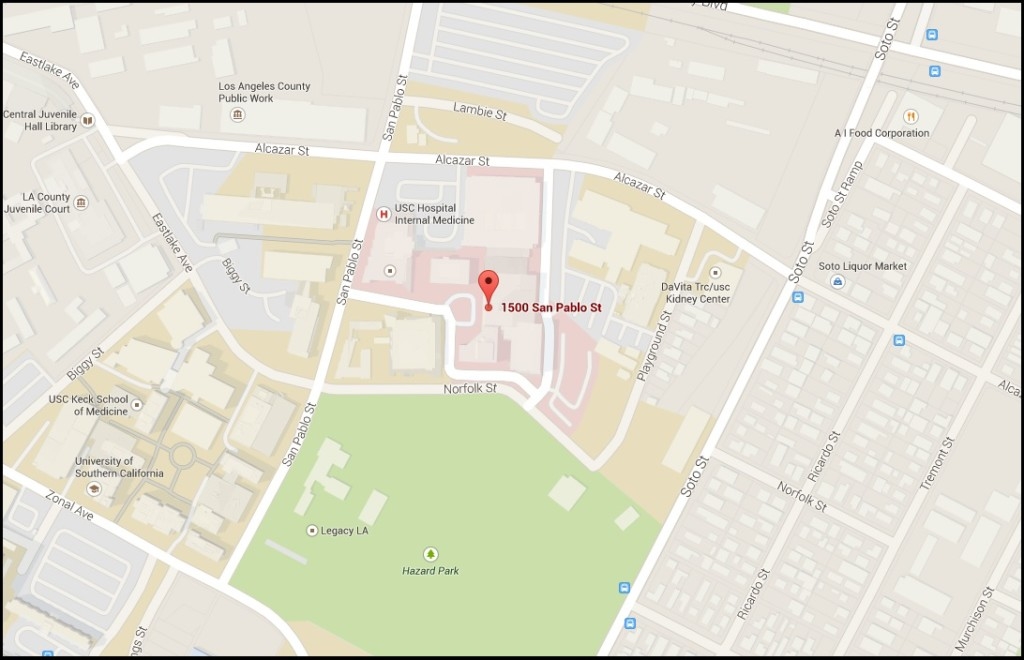
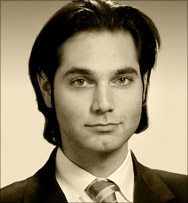 Nerses Sanossian, MD, FAHA
Nerses Sanossian, MD, FAHA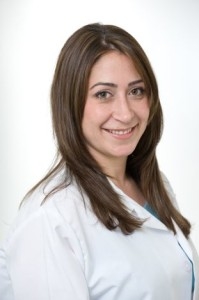
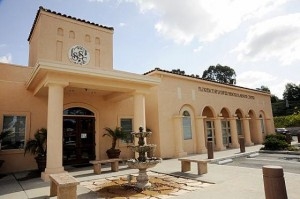 Cheryl Wieland, RN-BC, BSN, CCM Age Well Senior Services
Cheryl Wieland, RN-BC, BSN, CCM Age Well Senior Services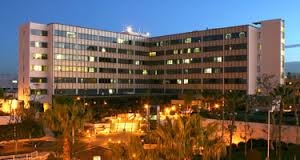
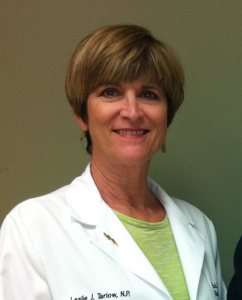 Leslie J. Tarlow, RN, MSN, GNP-BC
Leslie J. Tarlow, RN, MSN, GNP-BC